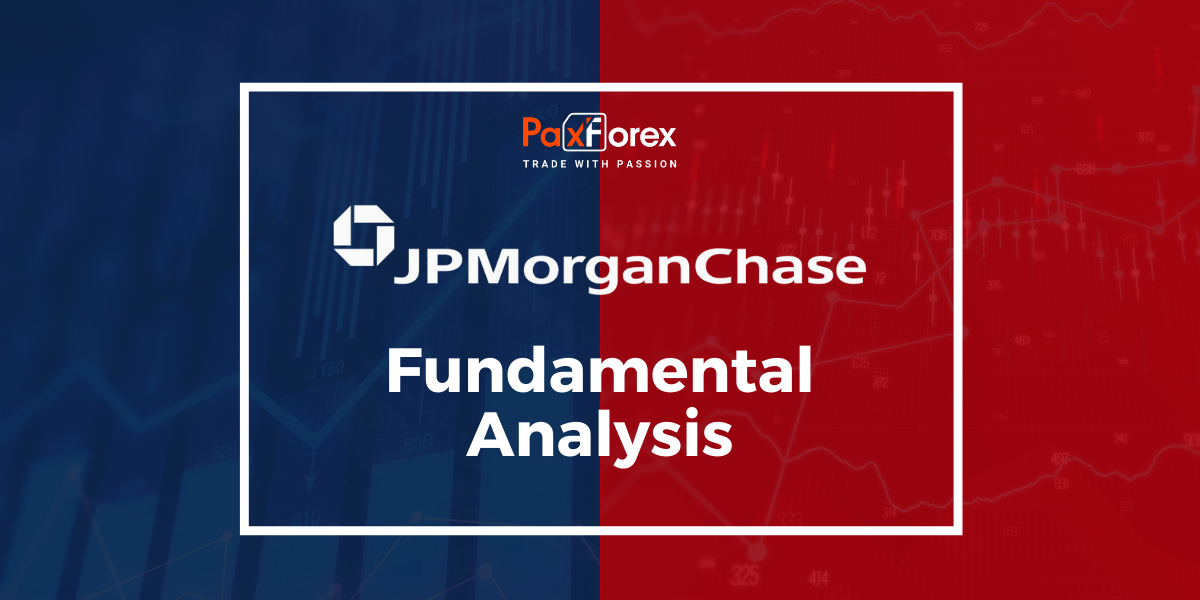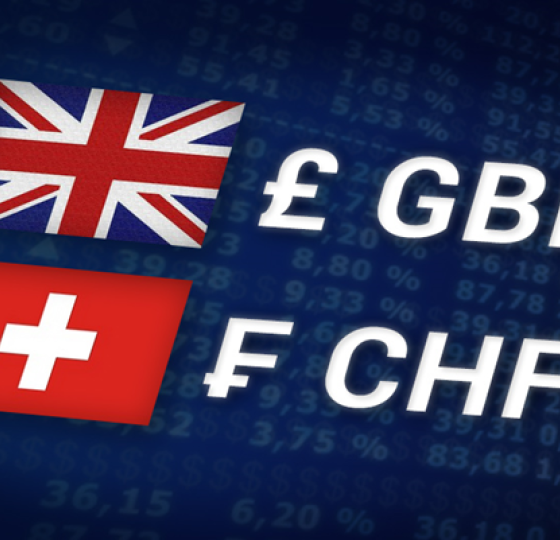
Source: PaxForex Premium Analytics Portal, Fundamental Insight
Many investors may have been pessimistic before the latest bank earnings reports came out, but the first few reports were generally quite positive. JPMorgan Chase, the largest U.S. bank by assets, reported third-quarter earnings that beat analysts' estimates. The bank also reported that its credit quality is at a high level, although the situation may deteriorate in the future.
While activity in some business segments, such as investment banking, remains subdued, other lines of business are doing well, recently allowing JPMorgan to raise its earnings forecasts for all of 2022 as well as 2023.
Although large banks such as JPMorgan Chase now engage in many types of financial services, including investment banking, trading, investment management, and payments, lending remains one of the most traditional and core parts of their business.
Lending income is referred to as net interest income (NII), which is the profit banks make on loans after covering the cost of funding those assets. Banks now also invest a significant portion of their deposits in bonds, which also generate interest income. In the third quarter, NII accounted for nearly 54% of JPMorgan's total income.
Thus, banks are heavily dependent on interest rates because the yields on many of their bonds and loans will rise as the Federal Reserve raises the benchmark overnight lending rate, the federal funds rate. Thus, if the bank can build a stable and inexpensive deposit base, it can increase its margins in the face of rising rates. JPMorgan is certainly one of those banks that benefits from rising interest rates. The federal funds rate has risen very quickly from almost zero at the beginning of the year and is now in the 3% to 3.25% range. The federal funds rate may well end the year even higher.
JPMorgan reported $16.9 billion in NII in the third quarter, excluding NII from its market business, which can be volatile and difficult to predict and which management now excludes from its core NII. The $16.9 billion figure is up $3.2 billion from the second quarter of this year. The bank now forecasts fourth-quarter NII excluding markets to be $19 billion, giving the bank about $61.5 billion of NII for the full year 2022. In the second quarter, JPMorgan Chase projected that NII excluding markets would be about $58 billion for the full year.
Moreover, if the annual growth rate of $19 billion in Q4 is increased to $19 billion, we can conclude that JPMorgan Chase will earn $76 billion in NII in 2023 excluding markets.
CEO Jamie Dimon warned analysts during the bank's recent earnings report that management does not currently believe NII will necessarily be that high in 2023 because some deposits may leave the bank, and the cost of deposits could also rise, which would reduce profits from loans and bonds. He told analysts that the NII figure of $74 billion is probably more realistic. Still, $74 billion in NII would be more than 20 percent higher than the projected 2022 level.
These new benchmarks are welcome news for JPMorgan investors during a challenging 2022. But these are just recommendations, and we are currently facing a challenging and uncertain economic outlook, so things could change quickly.
If a serious recession hits next year, credit growth could slow more than expected. The cost of deposits could also rise sharply. In the event of a serious recession, the Fed may even need to change course and cut interest rates, which could also lead to lower NII. In addition, higher earnings do not always mean higher profits. Rising interest rates could lead to higher losses on loans at banks, which would also reduce profits.
Nevertheless, this new forecast seems very encouraging because management understands these risks better than anyone else, it`s still quite conservative, as management always likes to beat its estimates if possible.
Provided that the company is traded above 112.00, follow the recommendations below:
- Time frame: D1
- Recommendation: long position
- Entry point: 115.65
- Take Profit 1: 121.00
- Take Profit 2: 127.00
Alternative scenario:
If the level of 112.00 is broken-down, follow the recommendations below:
- Time frame: D1
- Recommendation: short position
- Entry point: 112.00
- Take Profit 1: 107.00
- Take Profit 2: 102.00













